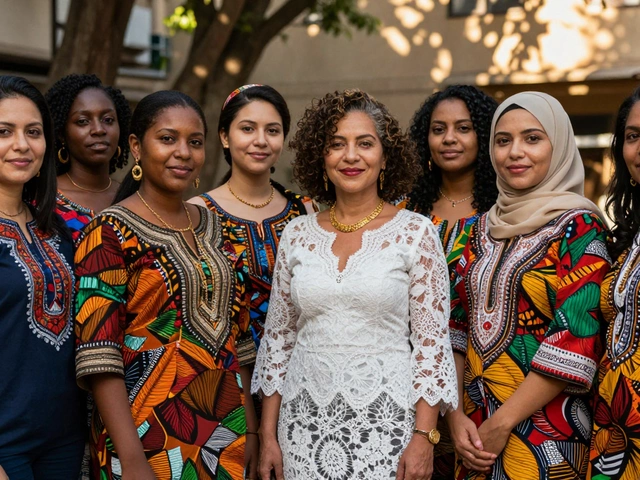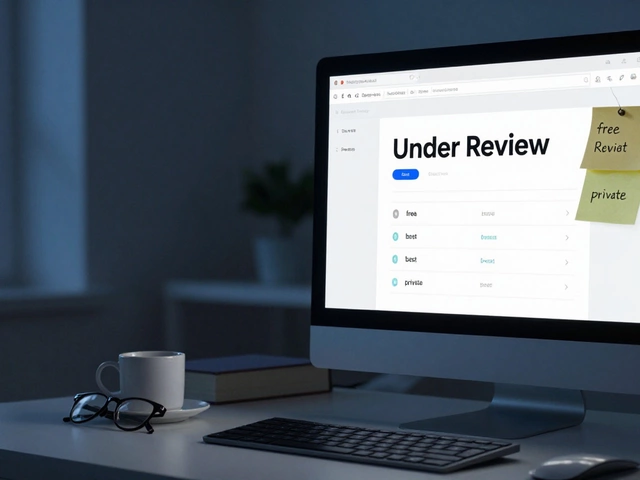Exploring the Different Sizes of Soccer Balls and How They Affect the Game
Soccer, or football as it’s known in some parts of the world, is a beloved game around the globe. But how do the different sizes of soccer balls affect the game? Well, the size of a ball used in soccer is important for a variety of reasons, and understanding the different sizes can help you understand the game better.
Size 3 Soccer Balls
Size 3 soccer balls are the smallest size, and they’re used for the youngest players. The smaller size helps children hone their skills, as they have to move the ball around more quickly to keep up with the game. This size is typically used in recreational leagues and in training sessions.
Size 4 Soccer Balls
Size 4 soccer balls are slightly larger than size 3, and they’re typically used for kids between the ages of 8 and 12. This size is a great way to introduce kids to the game, as the larger ball allows them to move the ball around more easily.
Size 5 Soccer Balls
Size 5 soccer balls are the most commonly used size, and they’re used for all competitive matches and tournaments. This size is perfect for adults, as it allows for more power and accuracy when kicking the ball.
Size 6 Soccer Balls
Size 6 soccer balls, also known as “mini-balls”, are used for training and practice sessions. This size is slightly smaller than a size 5 ball, which allows players to work on their accuracy and ball control.
Size 7 Soccer Balls
Size 7 soccer balls are the largest size, and they’re typically used for beach soccer. The larger size allows players to kick the ball further, and the softer material of the ball helps keep the ball from bouncing too far away.
Conclusion
As you can see, the size of the soccer ball can have a huge impact on the game. The different sizes allow players to hone their skills and play at their own level. From size 3 for young players to size 7 for beach soccer, each size of soccer ball is important for its own purpose. So, the next time you’re playing soccer, make sure you have the right size ball!
Understanding the Regulations of Soccer Ball Sizes and Why They Matter
Soccer is a beloved sport by players and fans alike, and one of the most important aspects of the game is the ball itself. While the ball is the same shape and size regardless of what type of soccer is being played, there are still some regulations governing the size of a soccer ball. Knowing the size regulations of soccer balls can be the difference between a successful match and a failed one.
In general, a regulation soccer ball is between 27 and 28 inches in circumference and weighs between 14 and 16 ounces. The weight and size of the ball that is used in a match will depend on the age and level of the players. FIFA, the governing body of soccer worldwide, has set up a system of size regulations for soccer balls that vary depending on the age of the players and the level of competition.
For instance, a ball that is used at the youth level (U-6 to U-12) should be between 23 and 24 inches in circumference and weigh between 11 and 12 ounces. At the U-13 level, the ball should be between 25 and 26 inches in circumference and weigh between 12 and 13 ounces. As players get older and the level of competition increases, the ball size regulations become more strict. For instance, a ball that is used in a professional match should be between 27 and 28 inches in circumference and weigh between 14 and 16 ounces.
Having a ball that is the correct size and weight is important for a successful match. A ball that is too small or too light can make it difficult for players to control, while a ball that is too large or too heavy can make it difficult for players to kick accurately. It is also important to note that the ball must remain properly inflated during a match, as this can also affect how well a player is able to control the ball.
In conclusion, it is important for players and coaches to be aware of the regulations governing the size of soccer balls. Knowing the correct size and weight of the ball that should be used in a match can be the difference between a successful match and a failed one. By adhering to the size regulations set by FIFA, players can be sure that they are using a ball that is the correct size and weight for the level of play.
A Comprehensive Guide to Soccer Ball Sizes and What You Need to Know
Soccer is one of the most popular sports in the world and it is played by people of all ages. Soccer balls come in a variety of sizes and it is important to choose the right size for your age and skill level. In this guide, we will explain the different soccer ball sizes, how they are determined and the advantages of using each size.
Size 3 Soccer Ball
The size 3 soccer ball is the smallest of all the soccer balls and is typically used by players aged 8 and under. It is made of synthetic leather and is often used in recreational leagues. The size 3 soccer ball is designed to be lightweight and easy to handle for young players. The circumference of a size 3 soccer ball is 23-24 inches and it weighs between 11-12 ounces.
Size 4 Soccer Ball
The size 4 soccer ball is the most popular size and is used by players aged 8-12. It is made of synthetic leather and has a circumference of 25-26 inches and weighs between 12-13 ounces. The size 4 soccer ball is the official size used in many youth leagues and is designed to be lightweight and easy to handle.
Size 5 Soccer Ball
The size 5 soccer ball is the official size used in adult leagues and international competitions. It is made of leather or synthetic leather and has a circumference of 27-28 inches and weighs between 14-16 ounces. The size 5 soccer ball is designed to be heavier and more durable than the smaller sizes, making it suitable for experienced players.
What Size Soccer Ball Should I Use?
The size of the soccer ball you should use depends on your age and skill level. A size 3 soccer ball is best for players aged 8 and under, a size 4 soccer ball is best for players aged 8-12 and a size 5 soccer ball is best for experienced players and adult leagues. It is important to choose the right size soccer ball for your age and skill level to ensure you have the best experience possible.
Conclusion
Choosing the right size soccer ball is an important part of the game. The size 3 soccer ball is best for players aged 8 and under, the size 4 soccer ball is best for players aged 8-12 and the size 5 soccer ball is best for experienced players and adult leagues. Soccer balls come in a variety of sizes, so it is important to choose the right size for your age and skill level to ensure you have the best experience possible.



